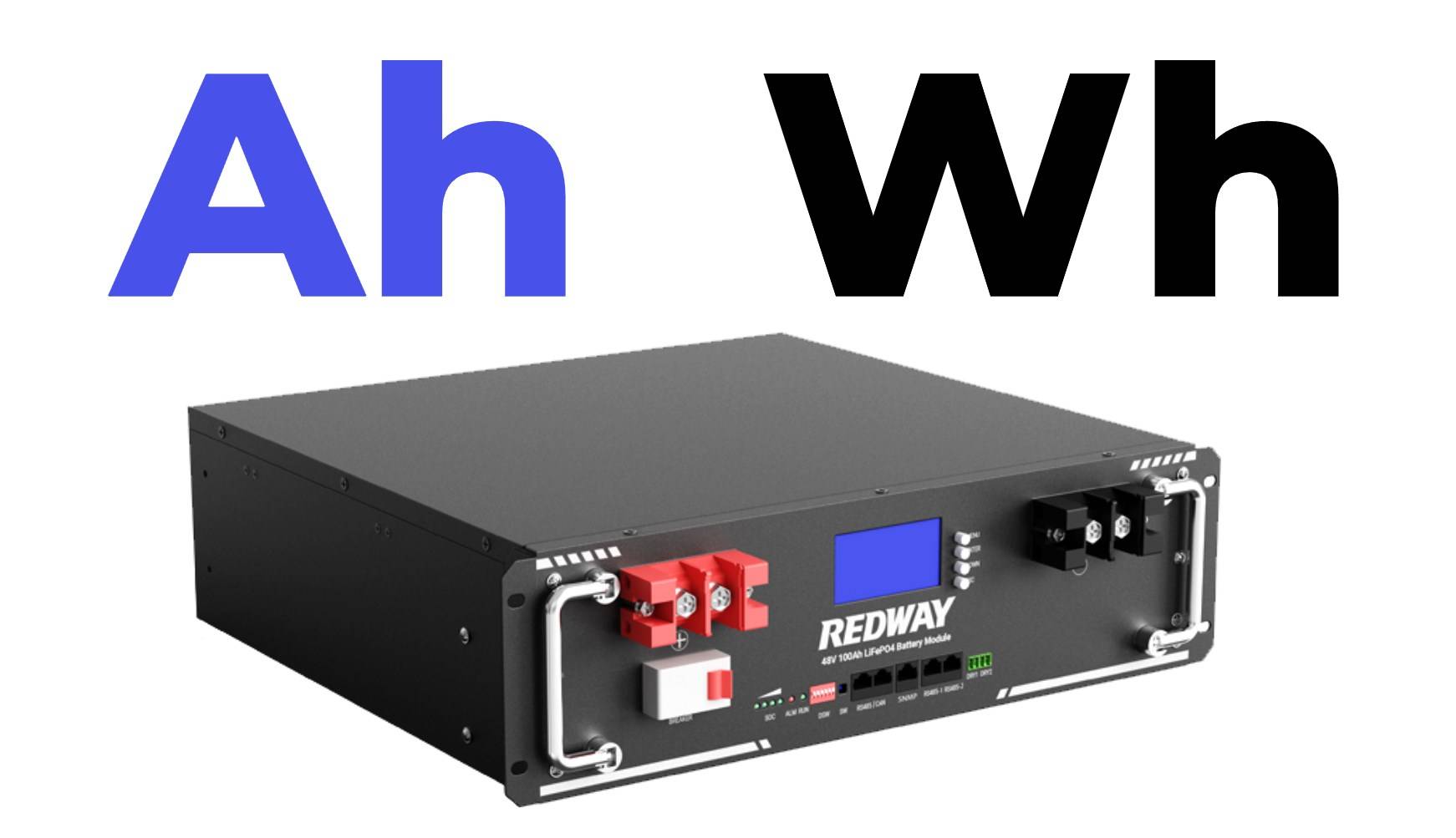In the realm of battery technology, Amp Hour (Ah) and Watt Hour (Wh) ratings are fundamental concepts that often dictate the performance and suitability of a battery for various applications. Understanding these metrics is crucial for selecting the right battery, whether for consumer electronics, electric vehicles, or renewable energy storage. This comprehensive guide delves into these ratings, providing a thorough exploration of their significance, calculation, and practical implications.
What is an Amp Hour (Ah)?
An Amp Hour (Ah) is a unit of electric charge that represents the amount of current a battery can supply over a specific period. It is defined as the product of the current (in amps) and the time (in hours) that the current is sustained. Essentially, one Amp Hour signifies that a battery can deliver a current of 1 ampere for 1 hour before being depleted.
For example, a battery rated at 5 Ah can deliver a current of 5 amperes for 1 hour, or a current of 1 ampere for 5 hours. This rating is a critical factor when evaluating a battery’s capacity and is especially relevant for applications where sustained power delivery is essential.
Calculating Amp Hours
To calculate Amp Hours, you can use the formula:
Ah=Current (I) in Amperes×Time (T) in Hours1\text{Ah} = \frac{\text{Current (I) in Amperes} \times \text{Time (T) in Hours}}{1}
For instance, if a device draws 2 amperes and operates for 3 hours, the battery capacity required would be:
Ah=2 A×3 h=6 Ah\text{Ah} = 2 \text{ A} \times 3 \text{ h} = 6 \text{ Ah}
This calculation helps in selecting a battery that will last for the desired duration under specified conditions.
What is a Watt Hour (Wh)?
A Watt Hour (Wh) measures the amount of energy a battery can store and deliver. It is calculated as the product of the battery’s voltage (V) and its capacity in Amp Hours (Ah). Thus, it provides a measure of the total energy available in the battery.
Wh=Ah×V\text{Wh} = \text{Ah} \times \text{V}
For instance, a battery with a 12V rating and 10 Ah capacity would have:
Wh=12 V×10 Ah=120 Wh\text{Wh} = 12 \text{ V} \times 10 \text{ Ah} = 120 \text{ Wh}
This metric is particularly useful for understanding the total energy storage capability of the battery and is essential for applications requiring precise energy management.
Comparing Amp Hour and Watt Hour Ratings
While both Ah and Wh ratings are important, they serve different purposes:
- Amp Hours (Ah) measure the battery’s capacity in terms of current over time. This rating is crucial for determining how long a battery will last under a specific load.
- Watt Hours (Wh) indicate the total energy available from the battery. This rating helps in understanding how much energy can be delivered regardless of the current.
For practical applications, knowing both ratings allows for a more complete assessment of a battery’s performance. For instance, a battery with a higher Ah rating but a lower Wh rating may deliver more current over a shorter period, whereas a higher Wh rating ensures longer operation at a given load.
Real-World Applications and Considerations
In practical scenarios, selecting the right battery involves understanding the specific requirements of your application. Here are some key considerations:
1. Battery Life and Usage
For devices requiring extended use, such as solar energy storage systems or electric vehicles, a higher Ah rating ensures that the battery can deliver sufficient current for longer periods. Conversely, applications that require substantial energy in a compact form, like laptops or mobile devices, benefit from batteries with higher Wh ratings.
2. Efficiency and Discharge Rates
Different batteries have varying discharge rates, which can affect the effective capacity. For example, a battery may deliver its rated Ah capacity under a specific discharge rate but perform differently under higher or lower loads. Therefore, it’s essential to consider the battery’s discharge characteristics alongside its Ah and Wh ratings.
3. Size and Weight Constraints
In many applications, the physical size and weight of the battery are significant factors. Lighter and more compact batteries with higher Wh ratings can provide better performance without compromising portability. This is especially crucial for portable electronics and aerospace applications.
Choosing the Right Battery
Selecting the appropriate battery involves a balance of Ah and Wh ratings according to your specific needs. Here are some steps to guide the selection process:
- Identify Energy Requirements: Determine the total energy needed for your application. For instance, if a device requires 120 Wh for optimal operation, ensure the battery meets or exceeds this requirement.
- Consider Usage Patterns: Assess how the battery will be used. If the application demands high current over short periods, focus on Ah ratings. For applications requiring consistent energy delivery, prioritize Wh ratings.
- Evaluate Battery Chemistry: Different battery chemistries (e.g., Li-ion, Lead Acid, NiMH) offer varying performance characteristics. Choose a chemistry that aligns with your requirements for energy density, cycle life, and reliability.
- Check Compatibility: Ensure the battery’s voltage and capacity are compatible with your device. Using a battery with the wrong voltage can lead to inefficiency or damage.
Conclusion
Understanding Amp Hour (Ah) and Watt Hour (Wh) ratings is essential for making informed decisions when selecting batteries for various applications. By evaluating these metrics, along with considering factors like discharge rates, efficiency, and battery chemistry, we can ensure that we choose the most suitable battery for our needs. Whether for consumer electronics, energy storage, or electric vehicles, a thorough understanding of these ratings allows for better performance and reliability, ensuring that our devices operate efficiently and effectively.



